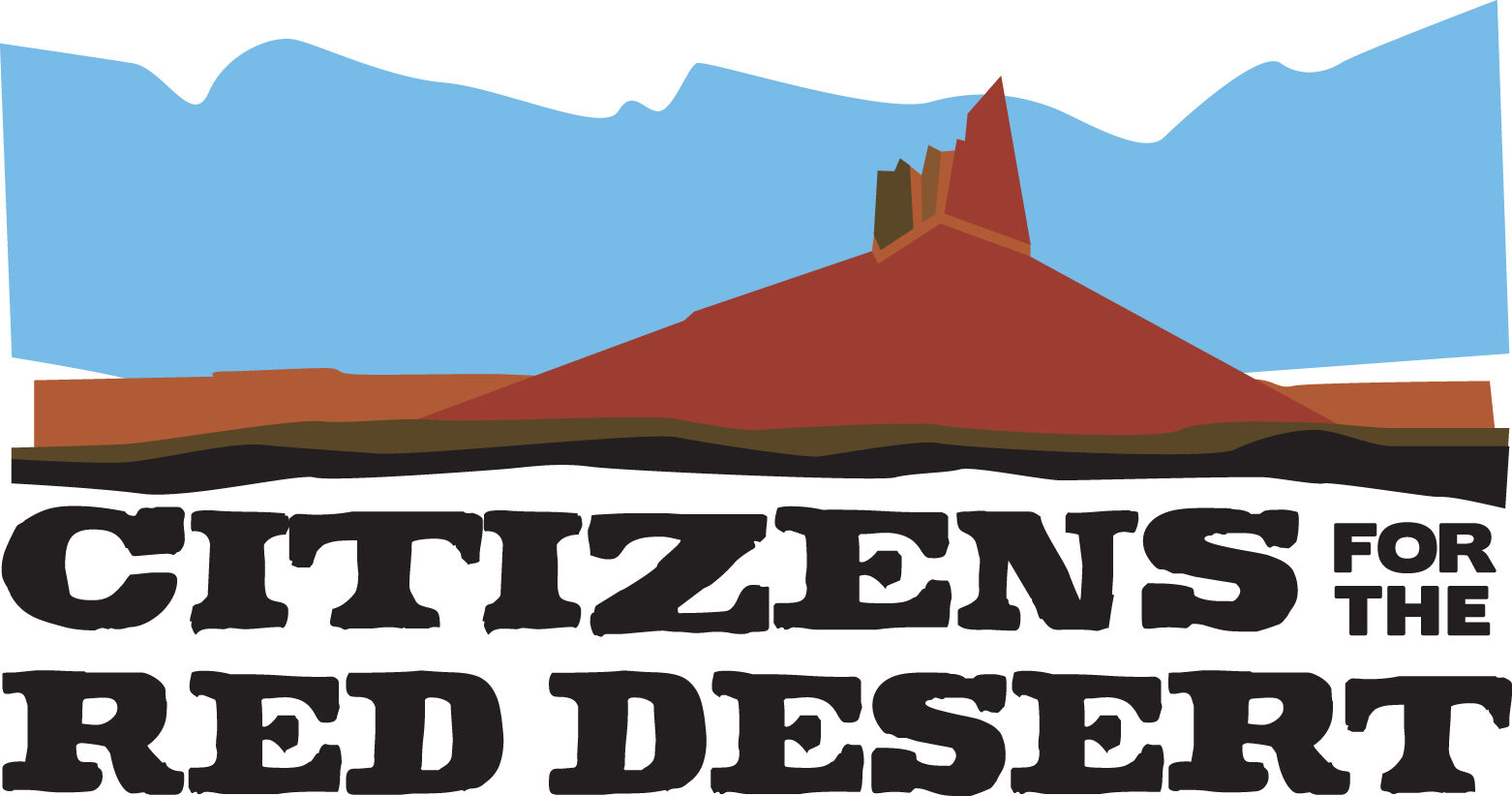The Red Desert — A History of Conservation Attention & Support
The vast, wild landscape of the Red Desert has hosted humans since time immemorial and inspired Wyoming people to ensure its protection for well over a century. From the 1890s to the present day, there have been numerous efforts to conserve and protect the Red Desert.
“…The Red Desert. We conclude that by setting off a portion of country [indicated on the map], enough of this territory would be taken in to furnish a winter range for the elk and other large game for all time … If [we] can pull this scheme through Congress, it will be one of the greatest triumphs for game protection yet achieved.”
-Dr. Frank Dunham, Lander, Wyoming, 1898, Recreation, Vol. IX, p. 271-2
In 1898, Dr. Frank Dunham, a Lander hunter, proposed that the northern Red Desert be designated a national winter game preserve in Recreation (a hunting and fishing magazine of the times). Dr. Dunham’s game preserve proposal was supported by the League of Associated Sportsmen and covered much of the Red Desert area around Steamboat Mountain and Boar’s Tusk.
In 1935, Wyoming Governor Leslie Miller proposed a bill in Congress to designate part of the Red Desert as a National Park. Much of what we call the Red Desert today would have been referred to as the Western Trails National Park, had Governor Miller’s idea been approved by Congress. His park idea incorporated a number of historic and cultural sites still on the landscape today.
In 1944, the Wyoming Game and Fish Department began a twenty-three-year translocation effort to reestablish the Steamboat Mountain desert elk, after the herd was extirpated from the Red Desert by overhunting in the early 1900s. Today it is one of the most coveted elk hunts in Wyoming.
In 1961, the U.S. National Park Service requested Congress to designate most of the Red Desert (western part of the Great Divide Basin) as a National Monument. This plan centered on the Boar’s Tusk, Steamboat Mountain, and the Killpecker Sand Dunes.
In 1968, a number of Wyoming residents recommended the Red Desert be declared a North American Antelope Range. Tom Bell, a Lander resident, founder of High Country News and others, attempted to designate part of the Red Desert as a North American Antelope range.
In 1973, the Wyoming Game and Fish Department proposed reintroduction of wild bison in the Red Desert. Rock Springs Deputy Game Warden Max Long expressed support for the reintroduction of 100 head of bison to be managed as game animals in a memo to the Bureau of Land Management.
In 1978, Congress designated the Oregon and Mormon Pioneer trails as National Historic Trails to be managed by the U.S. National Park Service.
In 1991, the BLM designated 11 wilderness study areas in the Red Desert, preserving these roadless areas for their “naturalness” and “opportunity for solitude or a primitive unconfined type of recreation.”
In 1992, Congress also designated the California and Pony Express trails as National Historic Trails to be managed by the U.S. National Park Service.
In 2003, the BLM received over 60,000 public comments on its Jack Morrow Hills Plan, with 97 percent supporting conservation of the area. The plan attracted more public comments than any BLM action in Wyoming history, and in 2006, it codified a plan of balanced protections for the wildlife, scenic, and cultural resources of the area.
In 2016, the Wyoming Game and Fish Department designated the Red Desert to Hoback mule deer migration corridor, the longest ungulate migration in the lower-48.

